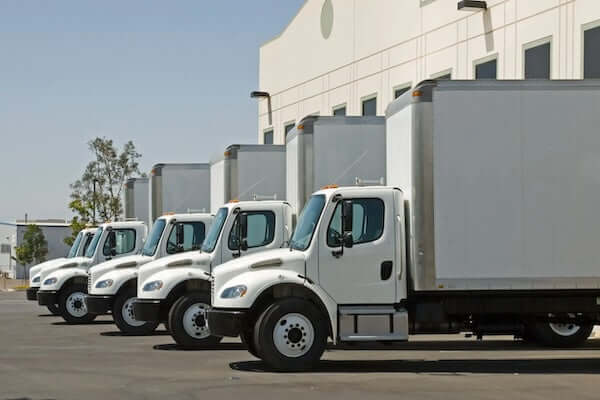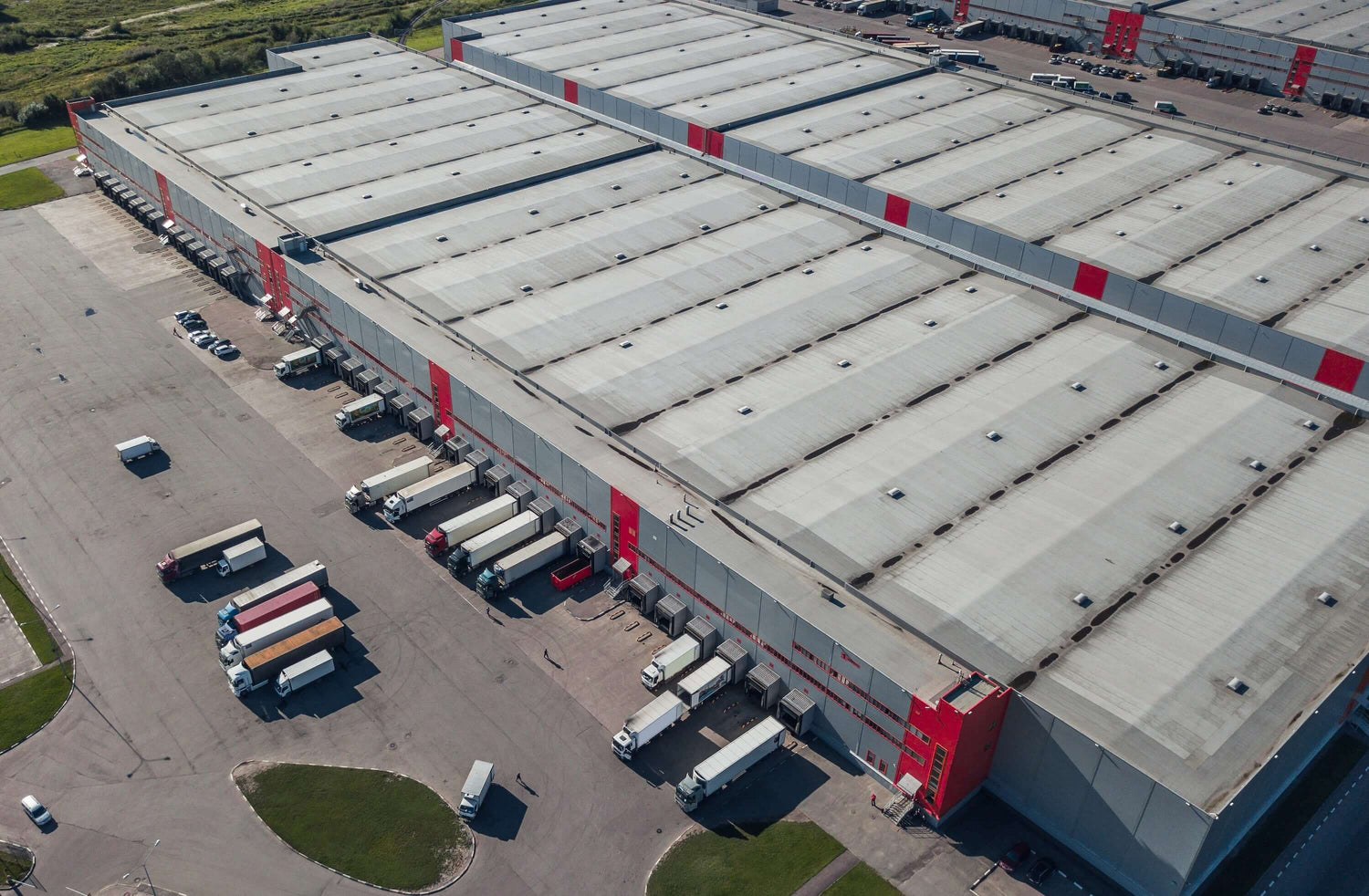When shopping for a replacement engine or planning a performance upgrade, one of the most common questions car enthusiasts ask is: “What matters more—displacement or cylinder count?” It’s a debate that continues to shape engine design, performance goals, and buyer preferences. In this post, we break down the impact of engine displacement and cylinder count so you can make an informed decision. Whether you're after speed, torque, or efficiency, understanding how these two factors influence engine performance is crucial.
What is engine displacement?
Engine displacement refers to the total volume swept by all the pistons inside the engine cylinders during one full engine cycle. It’s typically measured in liters (L) or cubic inches (ci). The larger the displacement, the more air and fuel the engine can burn—leading to more power output.
For example:
-
A 5.0L V8 engine displaces 5 liters of air/fuel mixture every combustion cycle.
-
A 2.0L inline-4 engine displaces just 2 liters per cycle.
Displacement is often used as a quick indicator of how “big” or powerful an engine is.

What is cylinder count?
Cylinder count refers to the number of combustion chambers in the engine. Common configurations include 3-cylinder, 4-cylinder, 6-cylinder (V6), and 8-cylinder (V8) engines. Cylinder arrangement also matters—inline, V-type, and flat/boxer configurations all impact engine balance, size, and weight.
More cylinders generally allow for smoother power delivery, better balance, and more performance tuning options. However, they also add weight, complexity, and cost.
Displacement vs cylinder count: performance comparison
Torque and power delivery
Displacement plays a major role in torque output, especially at low RPMs. Bigger engines produce more low-end grunt, making them ideal for towing, hauling, and off-the-line acceleration. On the other hand, cylinder count can affect how that power is delivered—engines with more cylinders tend to have smoother and more linear power curves.
Fuel efficiency
Smaller displacement engines with fewer cylinders typically offer better fuel economy. A turbocharged 4-cylinder engine can provide power comparable to a naturally aspirated V6 but with improved gas mileage. That’s why many modern vehicles are moving toward “downsized” engines with forced induction.
Smoothness and refinement
Engines with more cylinders tend to be more balanced and refined. A V8 engine, for example, is often smoother than an inline-4 at higher speeds or under heavy load. If you prioritize a quiet, vibration-free driving experience—especially in luxury or touring vehicles—cylinder count can make a big difference.

Cost and maintenance
More cylinders often mean more parts—spark plugs, fuel injectors, valves, etc.—which can increase maintenance costs over time. Engines with higher displacement may also be heavier and more expensive to manufacture or replace. However, modern engineering has helped minimize these drawbacks with better materials and smarter designs.

Which should you prioritize: displacement or cylinder count?
There’s no one-size-fits-all answer. Your choice depends on your vehicle’s purpose and your performance goals:
-
Need towing power or low-end torque? Go for higher displacement.
-
Want smooth, responsive performance? Consider more cylinders.
-
Focused on fuel efficiency? Smaller displacement with fewer cylinders and turbocharging may be the best option.
-
Looking for high-performance track use? A high-revving engine with more cylinders might offer better balance and top-end power.
Displacement and cylinder count both play crucial roles in determining engine performance. While displacement often leads to more torque and raw power, cylinder count affects how smoothly that power is delivered. By understanding the trade-offs between the two, you can choose the best engine configuration for your lifestyle, budget, and performance needs.
Ready to upgrade your ride? Visit Power Engines today to explore our growing catalog of high-quality engines engineered for power, precision, and long-term reliability.





